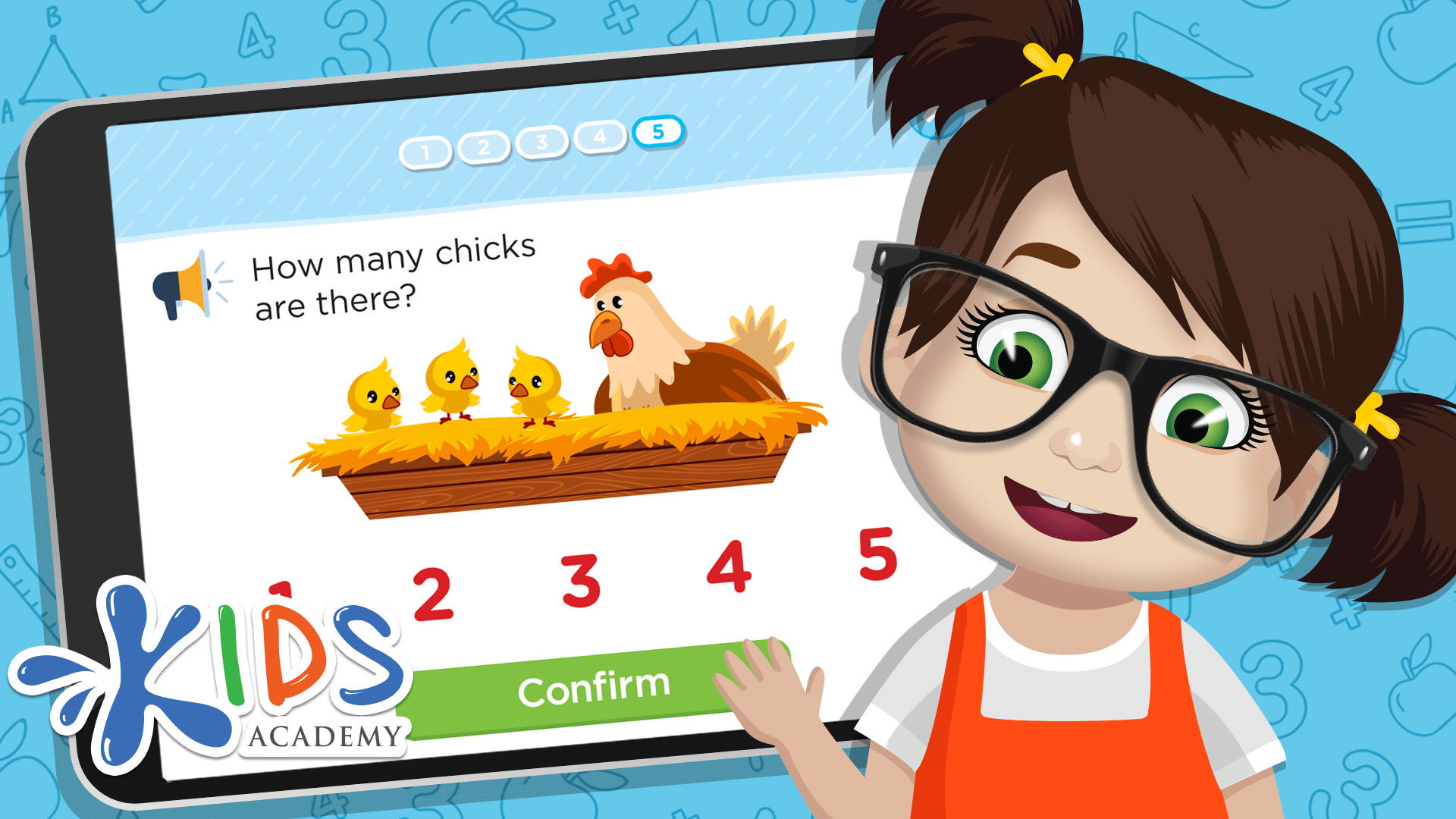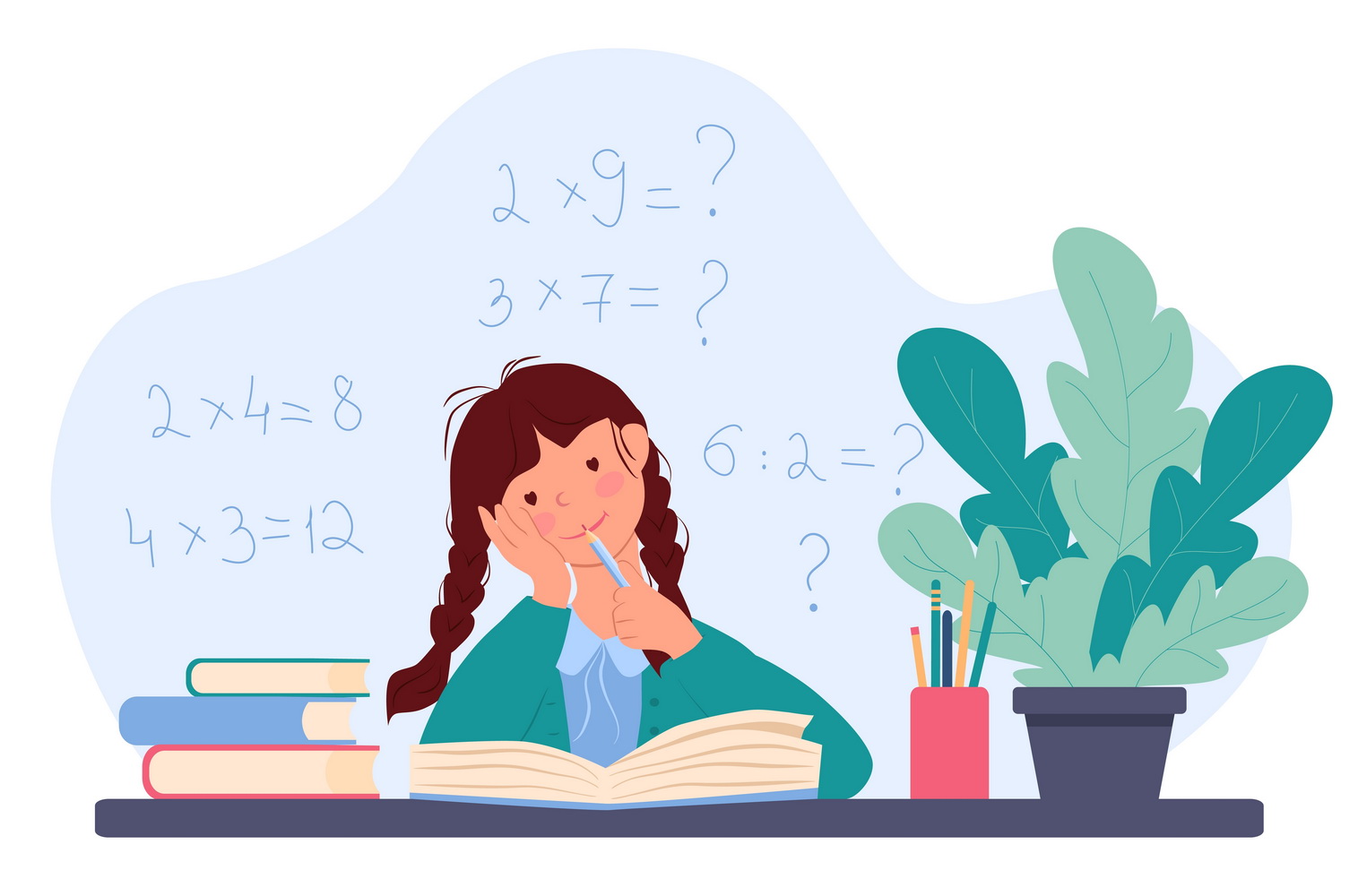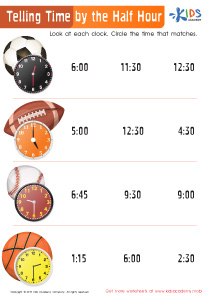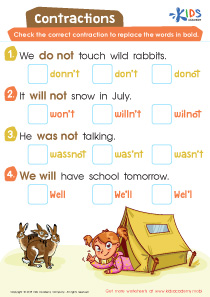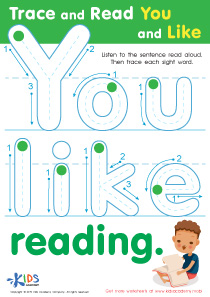Understanding moon phases Normal Grade 1 Worksheets
3 filtered results
-
From - To
Explore the wonders of the moon with our "Understanding Moon Phases" worksheets, tailored for Grade 1 students. These engaging and colorful activities help young learners grasp the concept of moon phases with ease. Each worksheet encourages critical thinking, creativity, and observational skills, featuring fun illustrations and simple explanations. Students will learn about the different phases of the moon—new moon, crescent, quarter, and full moon—through exciting exercises such as matching, labeling, and drawing. These resources are designed to make learning about the night sky enjoyable and interactive, sparking curiosity about astronomy in your first grader. Perfect for home or classroom use!
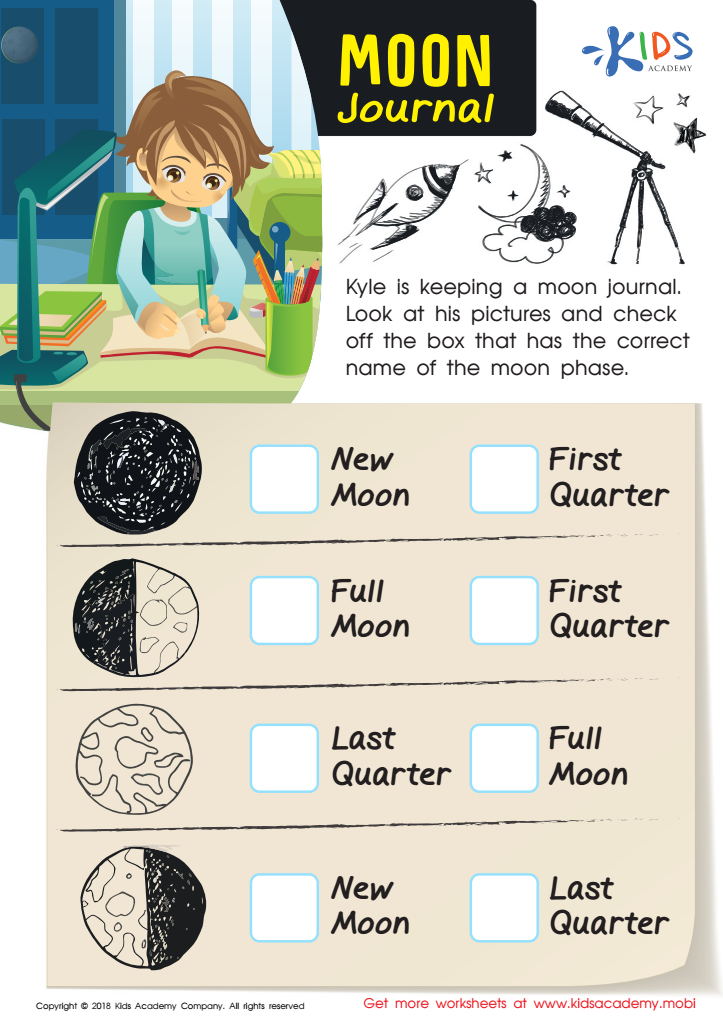

Moon Journal Worksheet
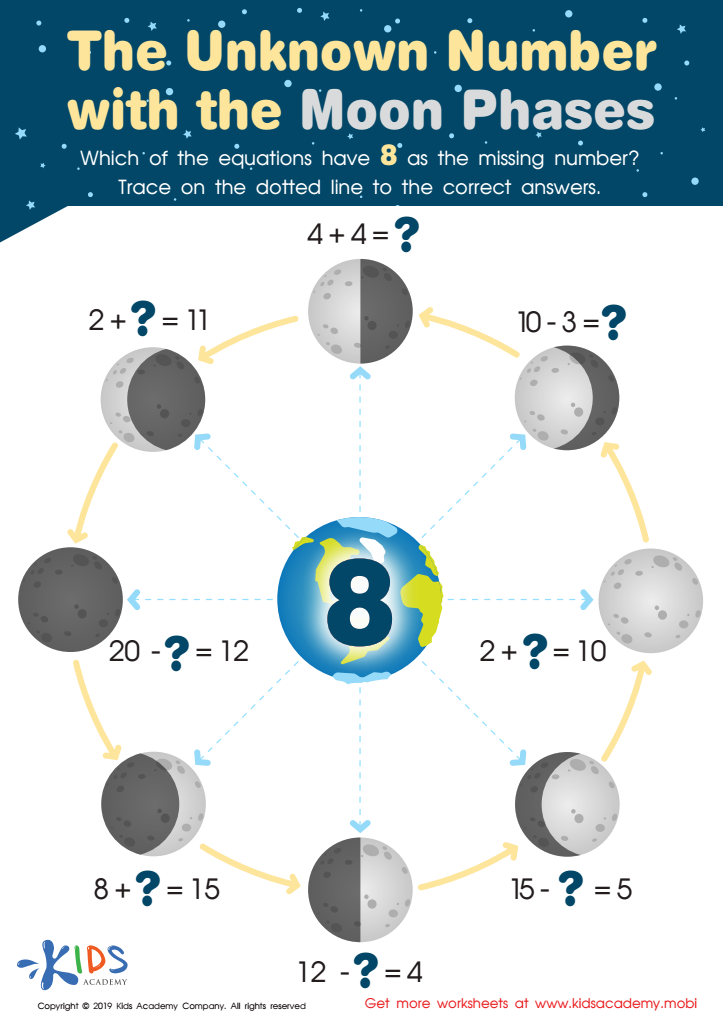

The Unknown Number with the Moon Phases Worksheet
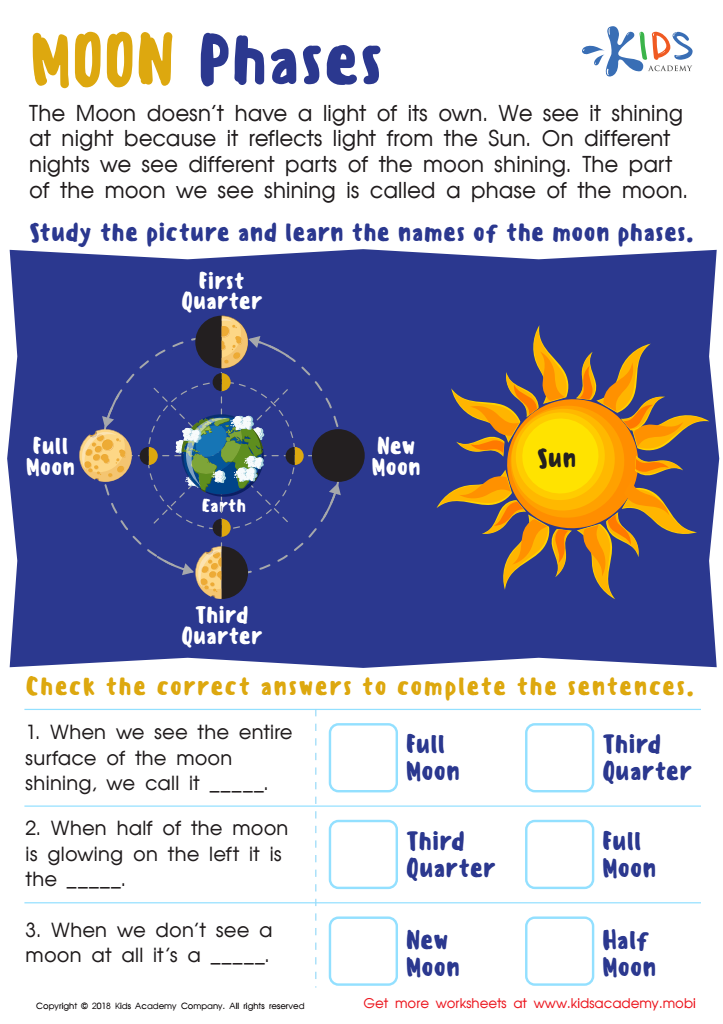

Moon Phases Worksheet
Understanding moon phases is important for first graders because it sparks curiosity about the natural world, encourages observation skills, and builds foundational scientific understanding. As children look at the moon in different phases, they learn to notice changes and patterns. This observation fosters critical thinking and inquiry about the universe, shining a light on the importance of science in everyday life.
Moreover, moon phases can connect to various subjects beyond science, such as art and storytelling. Students can engage creatively by drawing the moon or writing stories inspired by its changing shape. Teachers and parents can use this opportunity to encourage teamwork in projects or discussions about the night sky, celestial bodies, and seasonal changes.
This foundational knowledge can also introduce children to concepts like the solar system, time, and the calendar. Moon phases affect tides and even have cultural significance across different traditions, offering a rich context for discussions about diversity and history. Lastly, the magic of the moon can share valuable moments between parents, teachers, and children, as it encourages exploration and shared experiences related to observing the night sky together. Overall, understanding moon phases lays a groundwork for curiosity and learning that can last a lifetime.
 Assign to My Students
Assign to My Students






